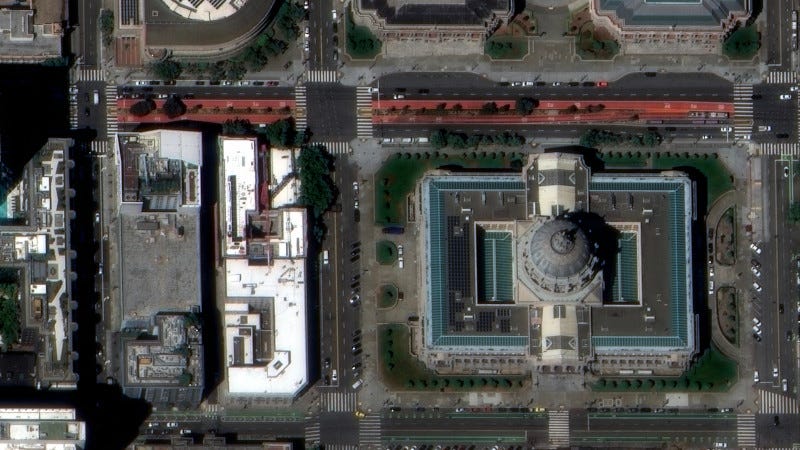Multiple Factors Propel Earth Observation Geospatial Data Services Market
Revenue Could Reach $15 Billion by 2030: Report
Global demand for Earth observation (EO) geospatial data is rising, driven by increased interest and investment in geospatial intelligence. According to global technology intelligence firm ABI Research, the EO sector is projected to generate $15 billion in revenue by 2030. Europe is expected to lead with the highest compound annual g…
Keep reading with a 7-day free trial
Subscribe to The Journal of Space Commerce to keep reading this post and get 7 days of free access to the full post archives.



